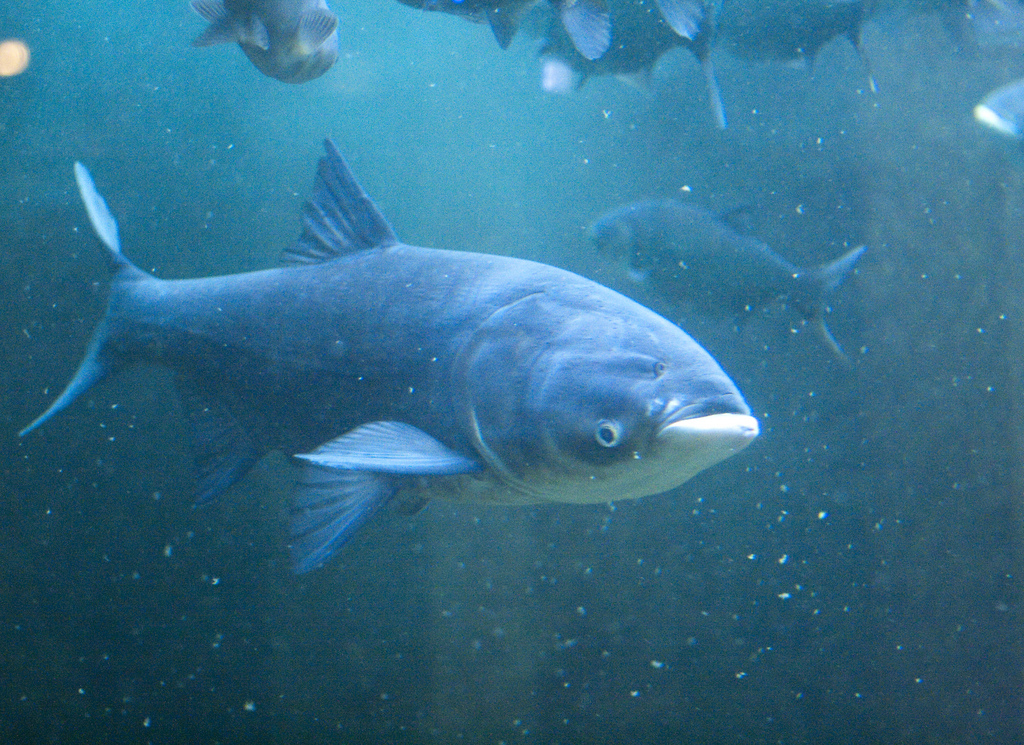The U.S. Army Corps of Engineers released a report on January 6 recommending drastic measures for protecting the Great Lakes from Asian Carp and other invasive species.

A physical barrier between the Mississippi River and Great Lakes watersheds was identified as the most effective method of preventing invasive species from infesting the Lakes. Although the study related specifically to water bodies in the Chicago area, the study has applications in Canada, where even small numbers of Asian carp could have grave effects.
“The U.S. Army Corps of Engineers study leaves no doubt that the most effective way to stop invasive species from wreaking environmental and economic harm on the Great Lakes and Mississippi River communities is through the construction of a physical barrier,” said president and CEO of the Alliance for the Great Lakes, Joel Brammeier. “This paves the way for Congress and our region to move from study to action on a permanent solution that will protect the environment, jobs and way of life for millions of people.”
A separate report from the Army Corps indicated that electrical barriers designed to repel invasive species left the Great Lakes vulnerable.
The Alliance for the Great Lakes said in a release that the report coincides with “overwhelming public support for physically separating the two systems.” However, the cost of installing physical barriers would be enormous. The Army Corps estimates a price tag in the billions of dollars.
An Asian carp invasion would also have serious implications for the tens of thousands of people living in the Great Lakes region, and a viable solution will need to be implemented. “More than 25,000 people, many organizations, and nearly 90 communities in the Great Lakes region concerned about an Asian carp invasion have communicated to decision makers how we want the Great Lakes separated from the Mississippi River,” said associate director for Freshwater Future, Cheryl Kallio. “We are pleased to learn the Army Corps’ report identifies how this can be done and confirms that separation is the most protective option.”









